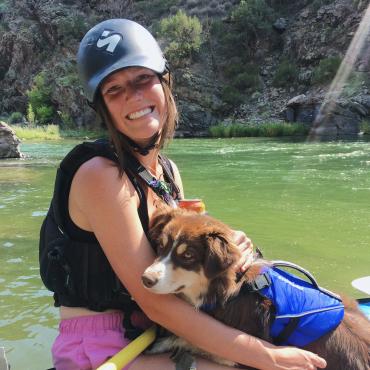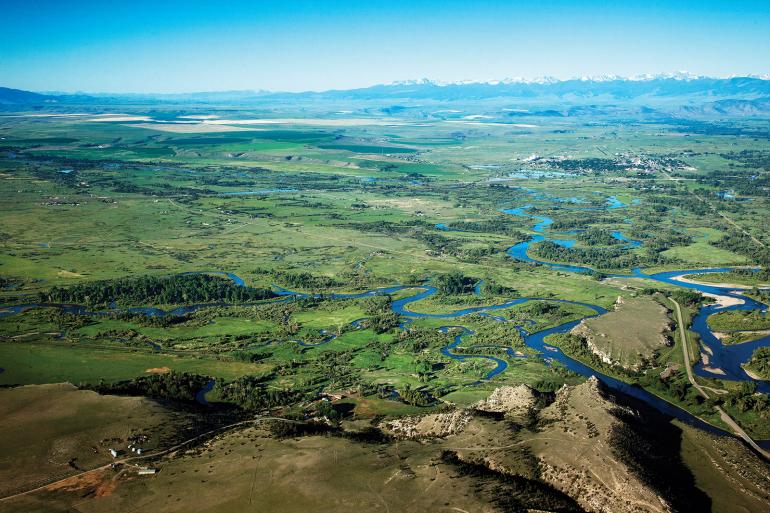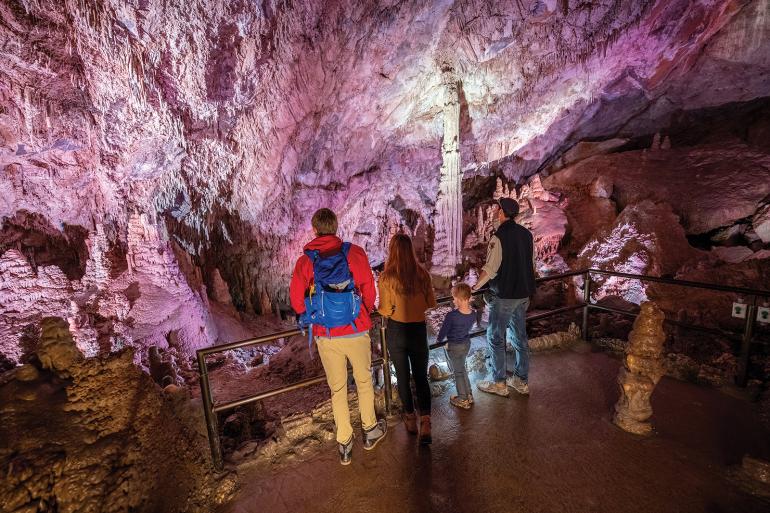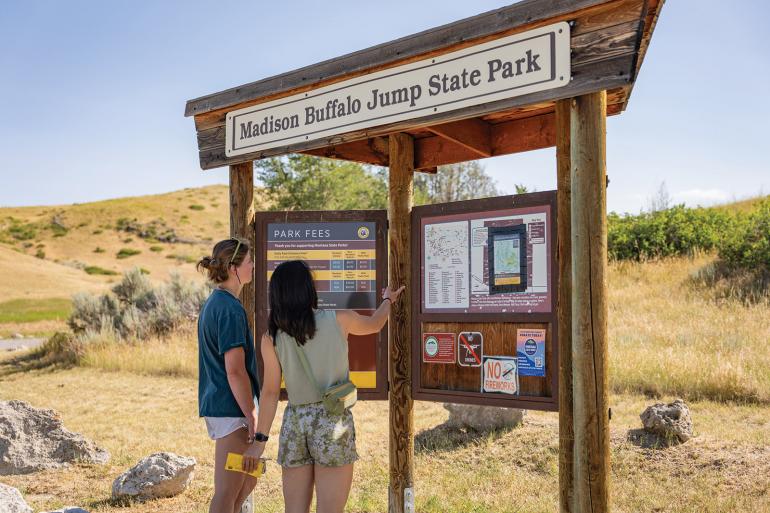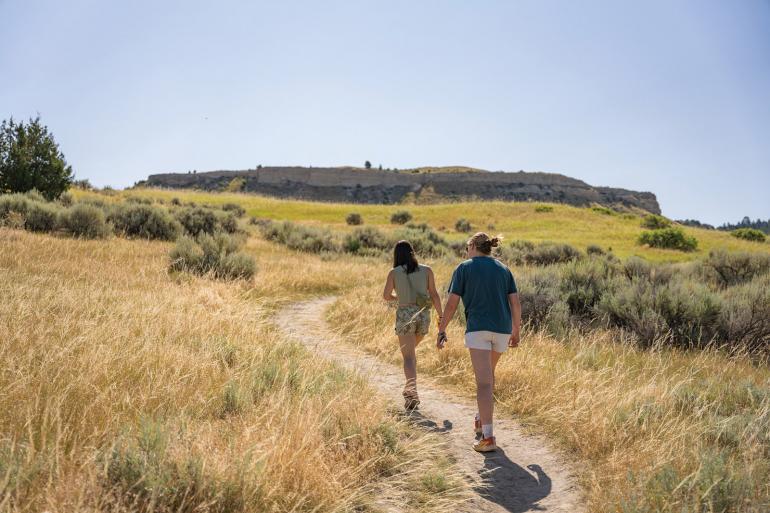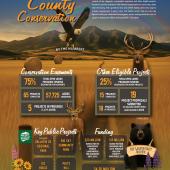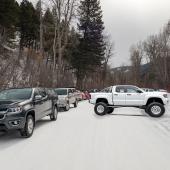Blast from the Past
Revisiting living history.
Out here in southwest Montana, history isn’t just something we read about—it’s something we live amongst. Whether you’re casting a line in the Missouri or trail running in the Expedition 12k, there’s always a story to be told. All it takes to find out is slow down, look around, and listen up.
Missouri Headwaters State Park
30 minutes northwest of Bozeman sits the town of Three Forks—the site where the Gallatin, Madison, and Jefferson rivers braid together to form the Missouri. In July of 1805, the Lewis & Clark Expedition stood at this intersection, uncertain of which fork would take them toward the Columbia. They ultimately opted for the Jefferson, and Lewis & Clark named each river after a political figure: President Thomas Jefferson; Secretary of State James Madison; and the Secretary of the Treasury, Albert Gallatin. Centuries before the Corps of Discovery’s Expedition, Indigenous peoples, including Shoshone and Flathead bands, traditionally used the river corridors, hunting grounds, and gathering areas in and around this landmark.
Lewis & Clark Caverns State Park
Just west of Three Forks, the mountains open—not skyward, but underground—into the limestone labyrinth of Lewis & Clark Caverns. However, neither of the explorers for which the cave system is named ever saw the caverns. Rather, they were discovered in the 1890s by deer hunters who spotted steam rising from a mountainside vent. The discovery of caves captivated the attention of curious locals. The Civilian Conservation Corps took up residence at Camp Cavern in the 1930s, transforming the wild underground into a walkable wonderland. They blasted the tunnel, wired in lights, and constructed a 3.2-mile access road that winds like a ribbon to the cave’s mouth. You can still trace the CCC’s handiwork in every stone wall, carved stair, and lantern-lit chamber. When the caverns—Montana’s first state park—officially opened in 1941, thousands showed up to celebrate the event.
The Civilian Conservation Corps took up residence at Camp Cavern in the 1930s, transforming the wild underground into a walkable wonderland.
Beaverhead Rock State Park
Visible from Highway 41 near Dillon, Beaverhead Rock rises strikingly from the valley floor. It is a striking limestone monolith shaped by nature. While it may appear to be just another rocky outcrop to the untrained eye, Beaverhead Rock was particularly significant to native peoples—especially Sacagawea. Having been kidnapped as a young girl by the Hidatsa, Sacagawea many years far from her home, her family, and her tribe, the Shoshone. When she spotted the formation (which is shaped like a beaver’s head) while accompanying the Corps of Discovery, she knew that she had finally come home.
While it may appear to be just another rocky outcrop to the untrained eye, Beaverhead Rock was particularly significant to native peoples—especially Sacagawea.
Madison Buffalo Jump State Park
For nearly 2,000 years, tribes including the Shoshone, Crow, Blackfeet, and Nez Perce choreographed epic hunts at the Madison Buffalo Jump, driving herds of bison off the cliffs in a ritual of survival and ingenuity. Young men—called “runners”—donned wolf, buffalo, or antelope skins and sprinted ahead of the stampede, guiding the animals over the edge. At the cliff’s base, bison bones and tipi ring impressions—marking where families once gathered to process meat, prepare hides, and live amongst the land—lie buried under years of dirt and sediment. Today, the site is a quiet, day-use park. A short interpretive trail leads you up to the rim of the bluff, offering sweeping views and informational displays.
Young men—called “runners”—donned wolf, buffalo, or antelope skins and sprinted ahead of the stampede, guiding the animals over the edge.
Alder Gulch & Virginia City
Virginia City—one of Montana’s first boomtowns—was founded in 1863, following the discovery of gold in Alder Gulch. The town quickly blossomed into a bustling mining hub, attracting thousands seeking fortune. At its peak, Virginia City boasted a population of 5,000, becoming the one of the Montana territory’s first social centers and transportation hubs. In 1865, Virginia City was named the territorial capitol of Montana. The town’s prosperity was fueled by the extraction of gold, with an estimated $30 million—roughly $595 million today—worth mined in the first three seasons alone. However, hydraulic mining and the following dredging operations in the early 20th century led to the destruction of several communities, including Nevada City, which was entirely eradicated by dredging.


